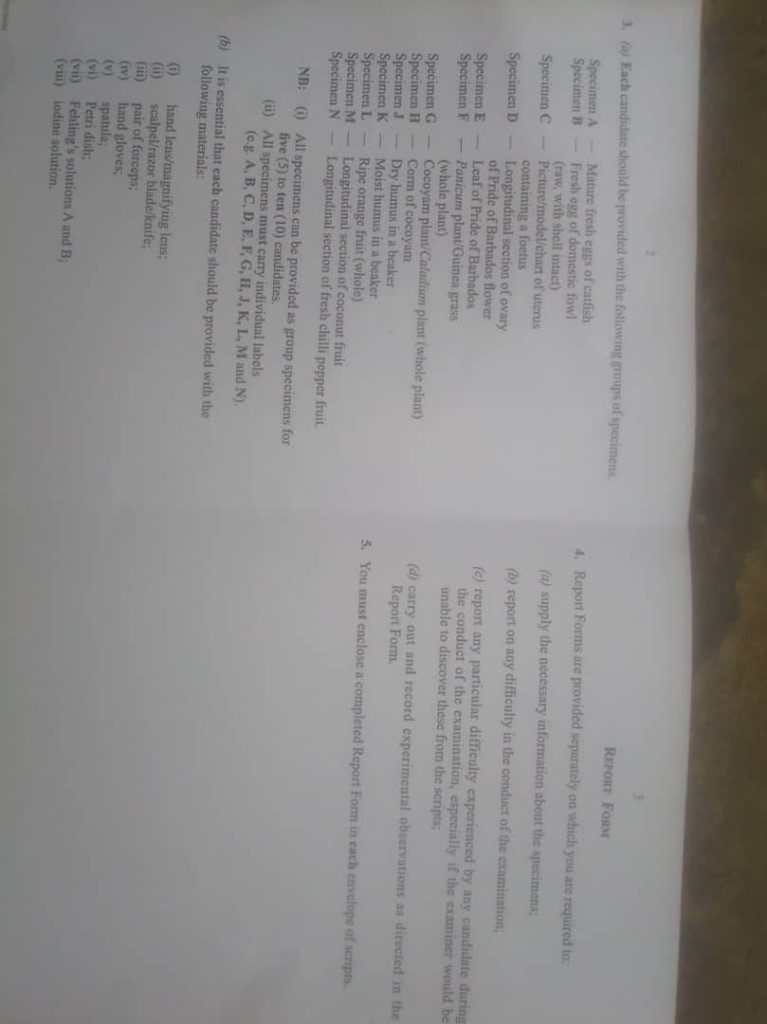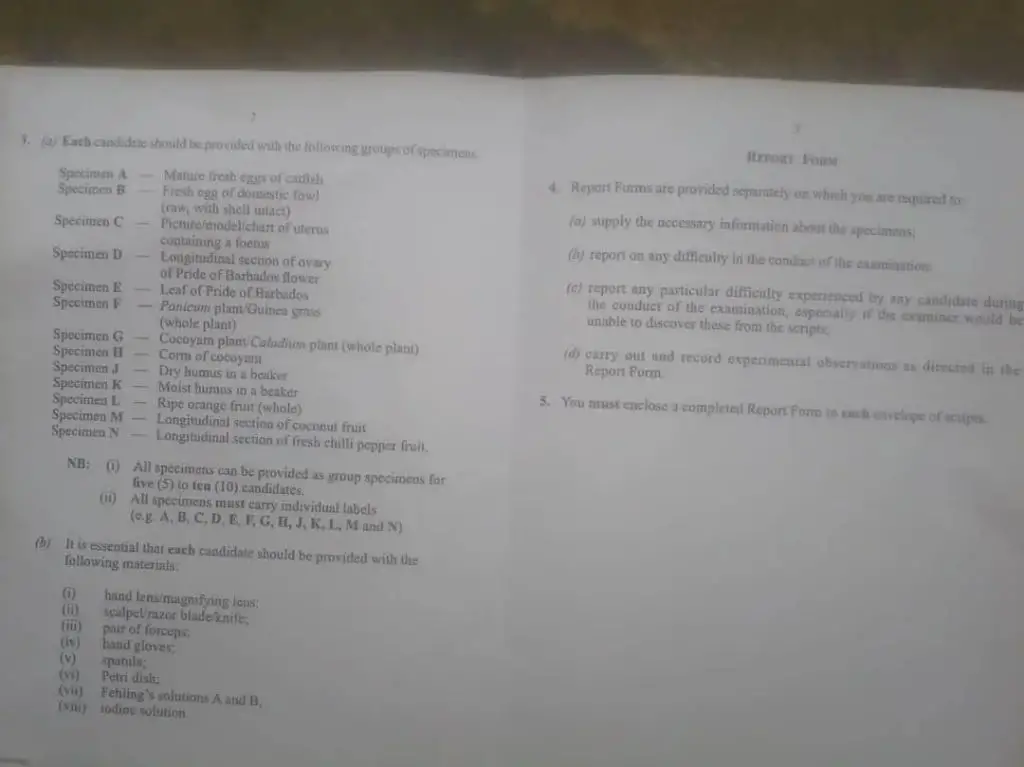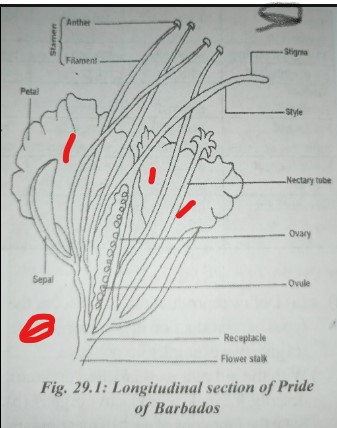Are you preparing for the WAEC Biology Practical Exam in 2023? Get all the information you need on the recently released list of specimens you’ll encounter with this comprehensive guide. The specimen for the secondary school Waec biology practical exam for 2023 has been released to schools.
If you’re a student or someone preparing for the WAEC Biology Practical Exam in 2023, it’s very paramount for you to know what specimens you’ll be working with. I have listed the required specimen below and I would walk you through the specimens. I would advise you to grab your copy of the Waec syllabus for 2023 and go through the study areas listed, that should be a guide for you while studying for this specimen.



Introduction to WAEC Biology Practical Exam.
Let’s have a little talk about the Biology practical exam before getting serious about it. The WAEC Biology Practical Exam is an important component of the West African Senior School Certificate Examination (WASSCE) for students studying biology in Nigeria, Liberia, Ghana, Gambia, and Sierra Leone.
This is a very subject and at least a pass on it is required to further your education. The student’s practical skills and knowledge of biology are assessed through the use of specimens and experiments. Getting conversant with the Specimens and adequate preparation is required to perform well in the exam.
List of Specimens for WAEC Biology Practical Exam 2023.
The WAEC Biology Practical Exam in 2023 will require students to identify and work with various specimens. These specimens include:


Note the letter S is for the specimen
S – Mature fresh eggs of catfish. (A)
S B – Fresh egg of domestic fowl (raw, with shell intact).(B)
S C – Picture/model/chart of uterus containing a foetus.(C)
S D – Longitudinal section of ovary of Pride of Barbados flower.(D)
S E – Leaf of Pride of Barbados.(E)
S F – Panicum plant/Guinea grass (whole plant).(F)
S G – Cocoyam plant/Caladium plant (whole plant).(G)
S H – Corm of cocoyam.(H)
S J – Dry humus in a beaker.(J)
S K – Moist humus in a beaker.(K)
S L – Ripe orange fruit (whole).(L)
S M – Longitudinal section of coconut fruit.(M)
S N – Longitudinal section of fresh chilli pepper fruit.”(N)
“NB: You can provide the specimens as group specimens for five (5) to ten (10) candidates.
It is instructed that all specimens must have their labels (e.g. A, B, C, to N)
As a student, your area of focus should include the characteristics and structures of these specimens to perform well on the exam. You should also practice your practical skills, such as dissection and observation, to be prepared for the exam.
Preparation and Handling of Specimens.
Proper preparation and handling of specimens are crucial for success in the WAEC Biology Practical Exam. Students should ensure that they have all the necessary tools and equipment, such as hand lens/magnifying lens; scalpel/razor blade /knife; pair of forceps; hand gloves; spatula; Petri dish; Fehling’s solutions A and B; iodine solution”.
It is also important to handle specimens with care and respect, following proper ethical and safety guidelines. You should practice your dissection and observation skills in advance, and seek guidance from your teachers or tutors if needed. With proper preparation and handling, you can confidently approach the exam and perform to the best of your abilities.
Common and Basic Techniques and Procedures in Biology Practical.
The biology practical techniques required of students for WAEC Biology Practical exams includes include observation skills, identification, dissection, measurement, and recording of data. You should also familiarize yourself with the functions and structures of the specimens, in addition to the equipment needed to handle the specimens.
You are required to adhere to outlined instructions and follow them to the tee. How you communicate your findings is very important and you need to be clear and accurate with your findings. You should practice and learn the terminologies used in reporting biological findings that apply to your current level of studies.